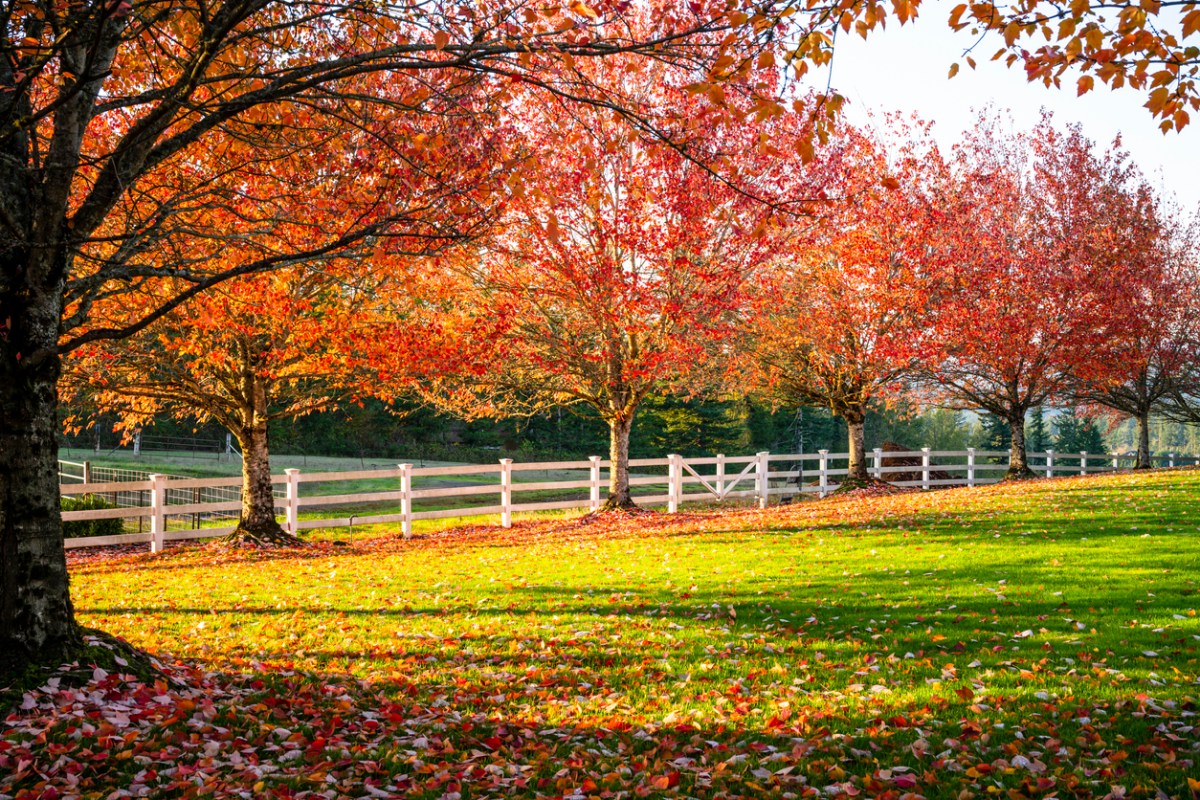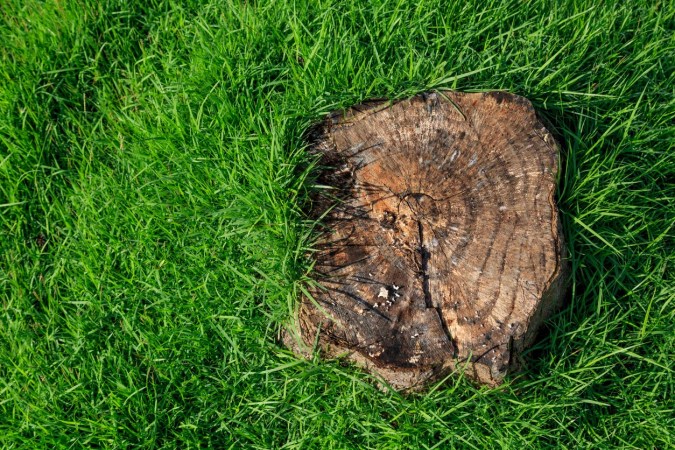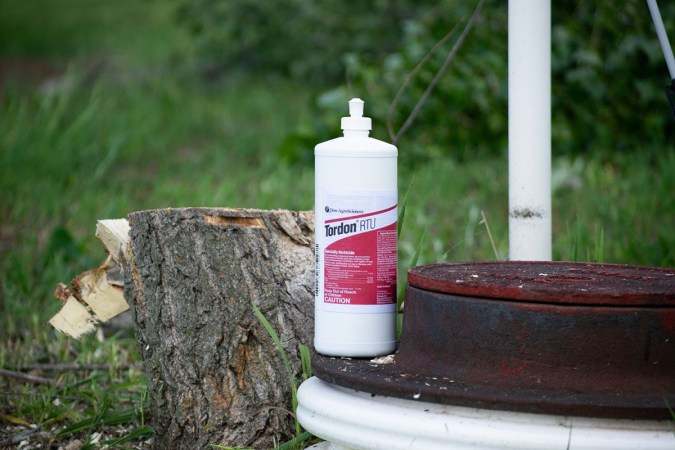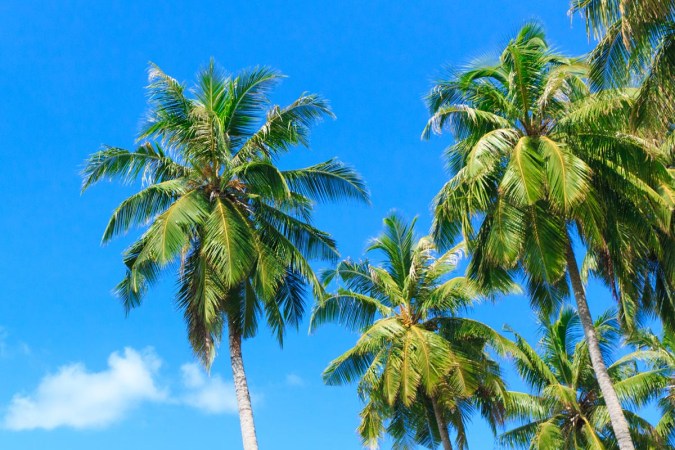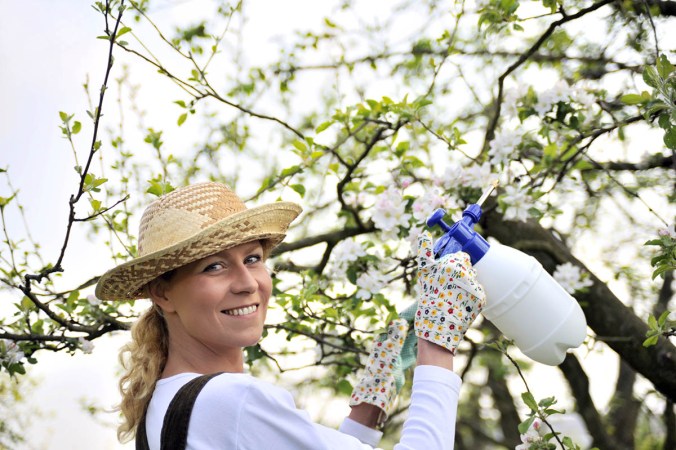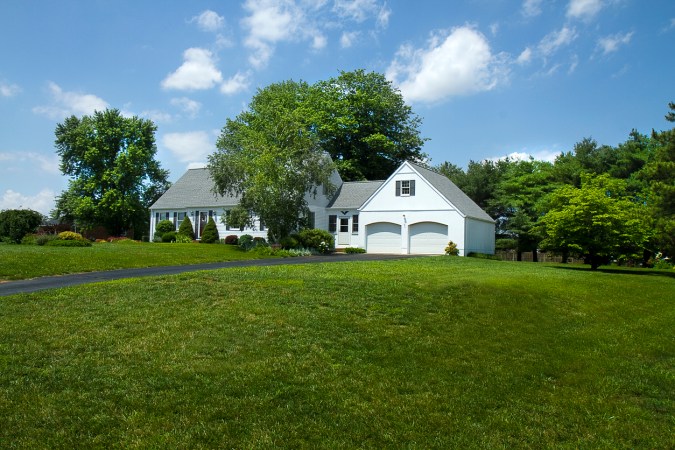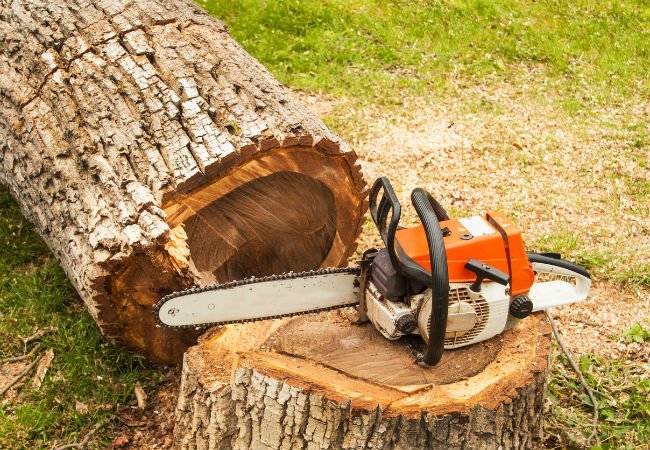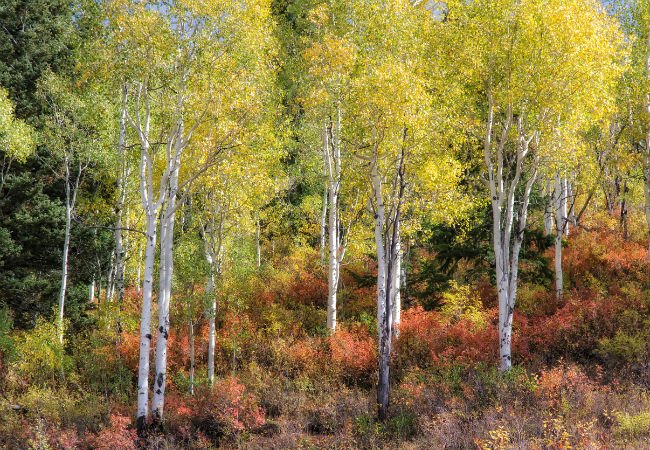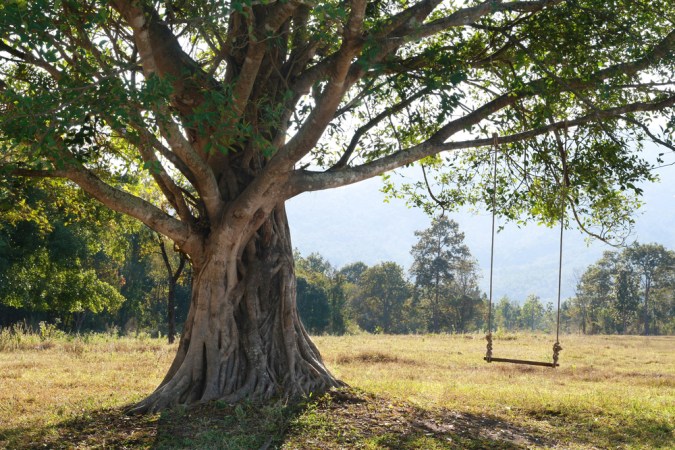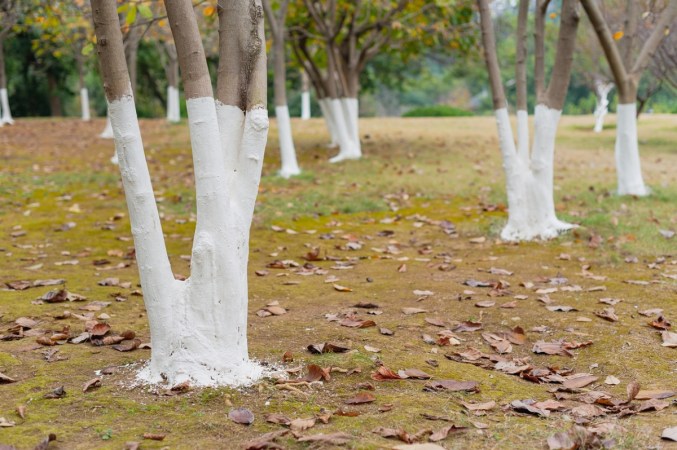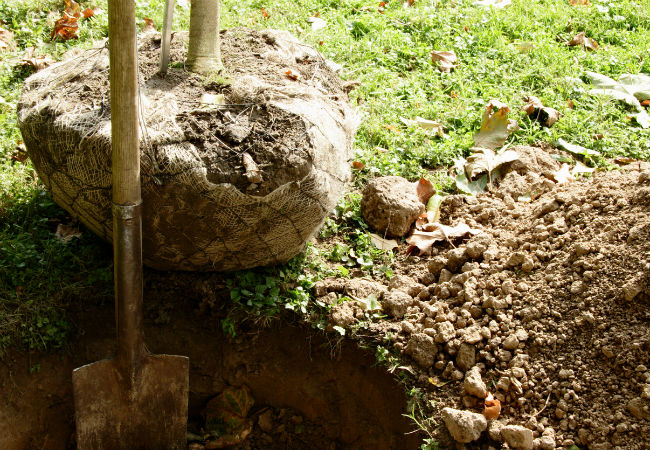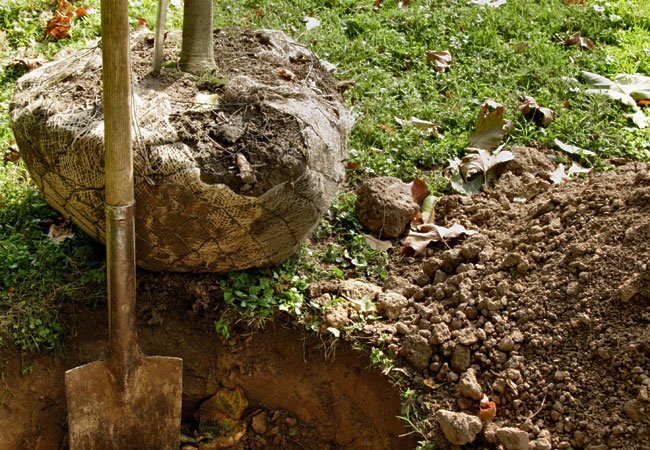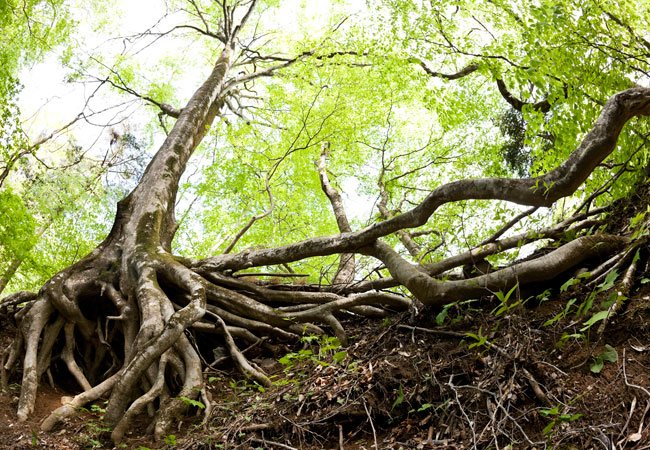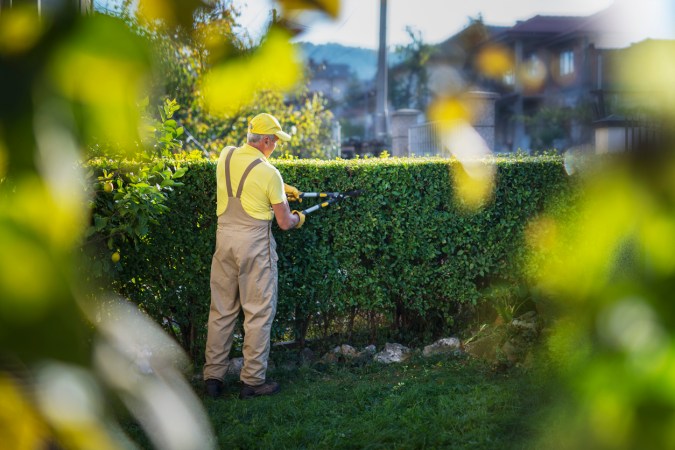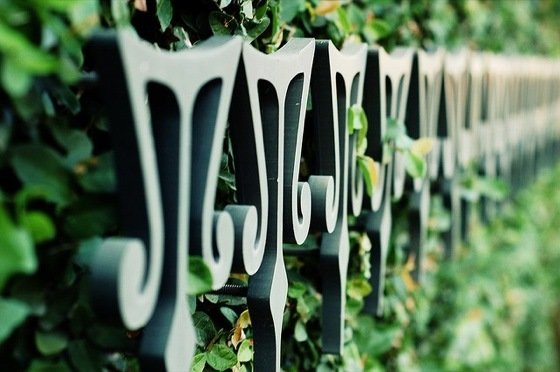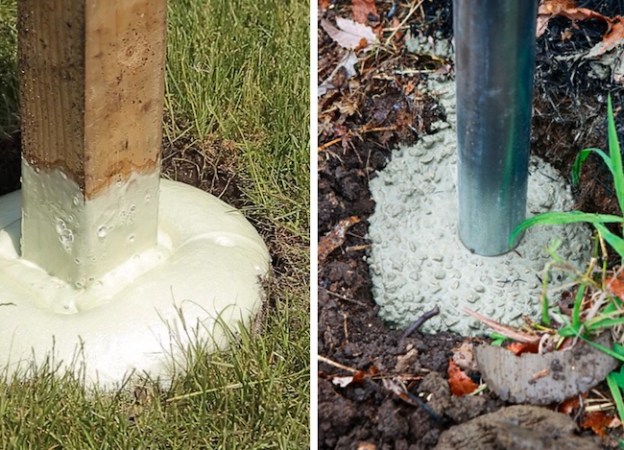We may earn revenue from the products available on this page and participate in affiliate programs. Learn More ›
There is nothing else in the world quite like maple trees. We use maple sap to sweeten our pancakes, and maple wood smoke to flavor our bacon. We use the shade they cast to escape the summer heat, and devote entire fall weekends to driving for hours to gawk at their brilliant foliage. Maple trees have been planted around the world for hundreds, if not thousands, of years for food, shelter, and beauty. These mostly pest free trees remain one of the most popular landscape plant families for good reason.
In all there are about 125 different types of maple trees in the world. Some, like the sugar maple, are dominant forest trees, while others such as the Japanese maple grow more shrub-like. Some add an element of wildness while others bring subtle refinement to a landscape. If you need a tree, a maple is nearly always a good candidate. Ahead, you will see four of the best, and a couple that you may want to avoid.
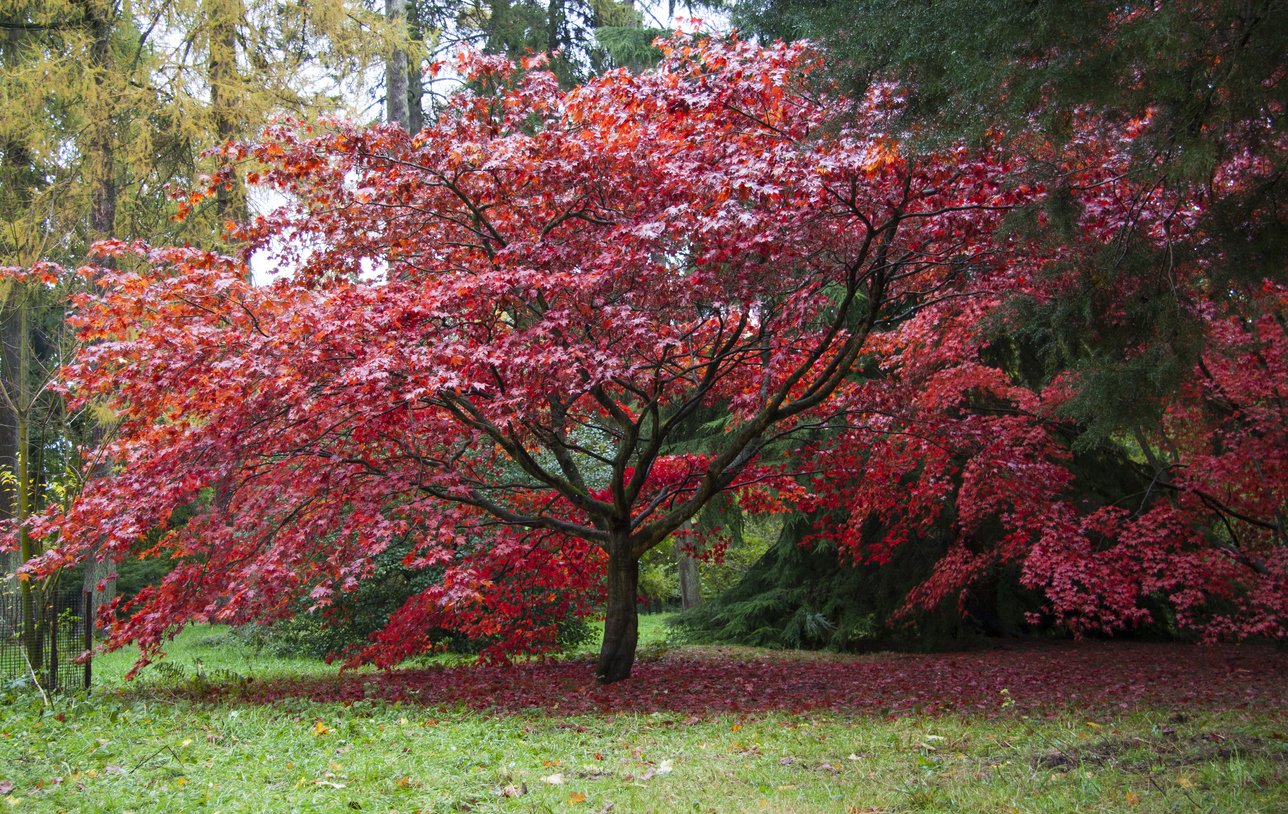
1. Japanese Maple
Japanese maples (Acer palmatum) come in two general forms, upright and cascading. Both include many different types of Japanese maple trees, some with solid “palmatum” leaves, others with lacy “dissectum” leaves, and foliage colors ranging from bright green to deep maroon, orange, purple, red, pink, or white. The foliage typically changes color throughout the growing season. Brightly colored young branches and attractive mature bark provide added interest through the winter.
Cascading, or weeping Japanese maples are very branchy, and must be pruned regularly to develop an attractive shape. Most of this type remain under 10 feet tall. They are used as landscape accents and focal points. Upright types of Japanese maple trees generally top out around 20 to 25 feet tall. They work well as shade trees in small yards, or as accent trees in larger landscapes. Landscape lighting is often used to highlight the beautiful architectural features of Japanese maples. They are hardy in USDA zones 5 to 8.
Best For: Landscape focal point or accent tree with year-round appeal
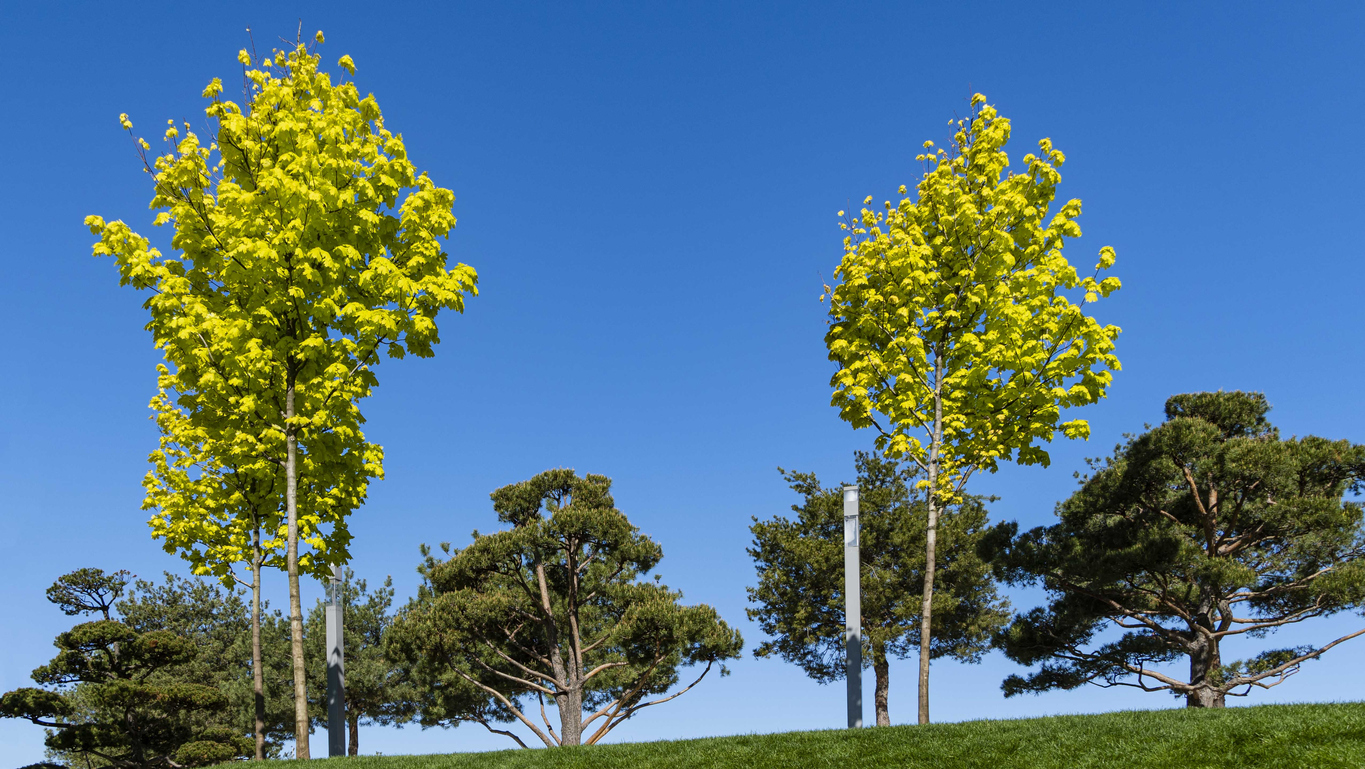
2. Norway Maple
Norway maple (Acer platanoides) was brought to North America from Europe in the mid-18th century. It grows in hardiness zones 3 to 7. Though not as large as some of our natives, it is a fast growing, attractive shade tree that reaches 40 to 60 feet tall. The ‘Crimson King’ cultivar is absolutely stunning, particularly as the young leaves mature to a deep red color in early summer. However, in much of the country, Norway maple has become a nuisance species that exhibits invasive tendencies.
These trees are prolific seed producers. The seeds spread to neighboring yards and natural areas where they germinate quickly. And the seedlings grow fast. Soon enough the young seedlings cast deep shade, which combined with their dense, shallow root system, blocks out the resources other species need to survive. So they end up forming exotic, invasive monocultures that damage the local ecosystem.
Best For: Not recommended
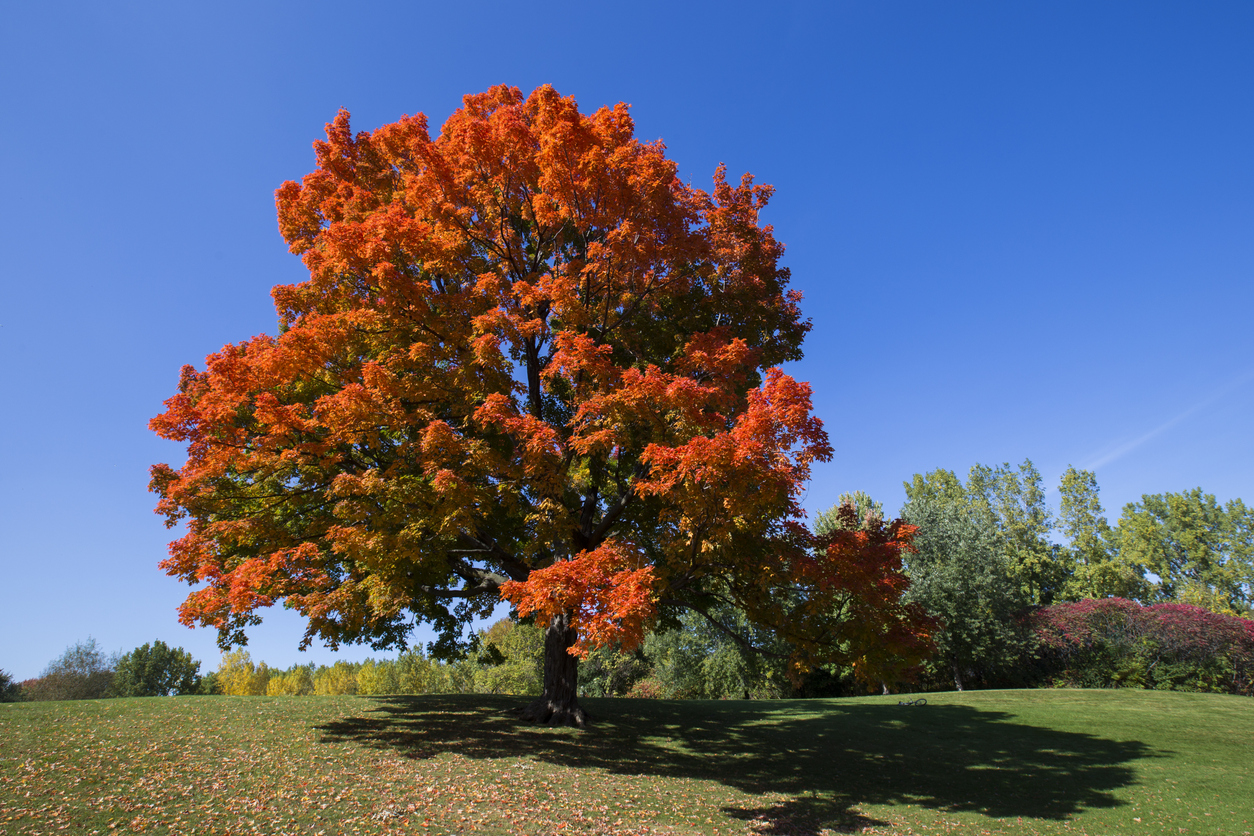
3. Sugar Maple
Sugar maple (Acer saccharum) is a native tree that co-dominates mature northern forests alongside white pine, hemlock and beech. In the landscape it has long been appreciated for its deep shade and amazing fall color. This large shade tree matures at 65 to 75 feet tall, with a rounded canopy. It is widely adaptable to different climates and soil types, and may be the favorite among native types of maple trees in Michigan, the heart of its range in eastern North America. Sugar maple grows in zones 3 to 8.
In warmer southern climates, other types of sugar maple trees perform better. Both southern sugar maple (A. barbatum) and chalk bark maple (A. leucoderme) present similar characteristics as A. saccharum, only smaller. Both grow to about 25 feet tall, with smaller leaves than their northern counterpart, and produce good fall color. Southern sugar maple’s leaves typically turn bright yellow, while chalk bark maple ranges from brilliant yellow-orange to crimson in fall. A. barbatum grows in zones 5 through 9, while A. leucoderme is found in zones 5 through 8.
Best For: Shade tree with brilliant fall color
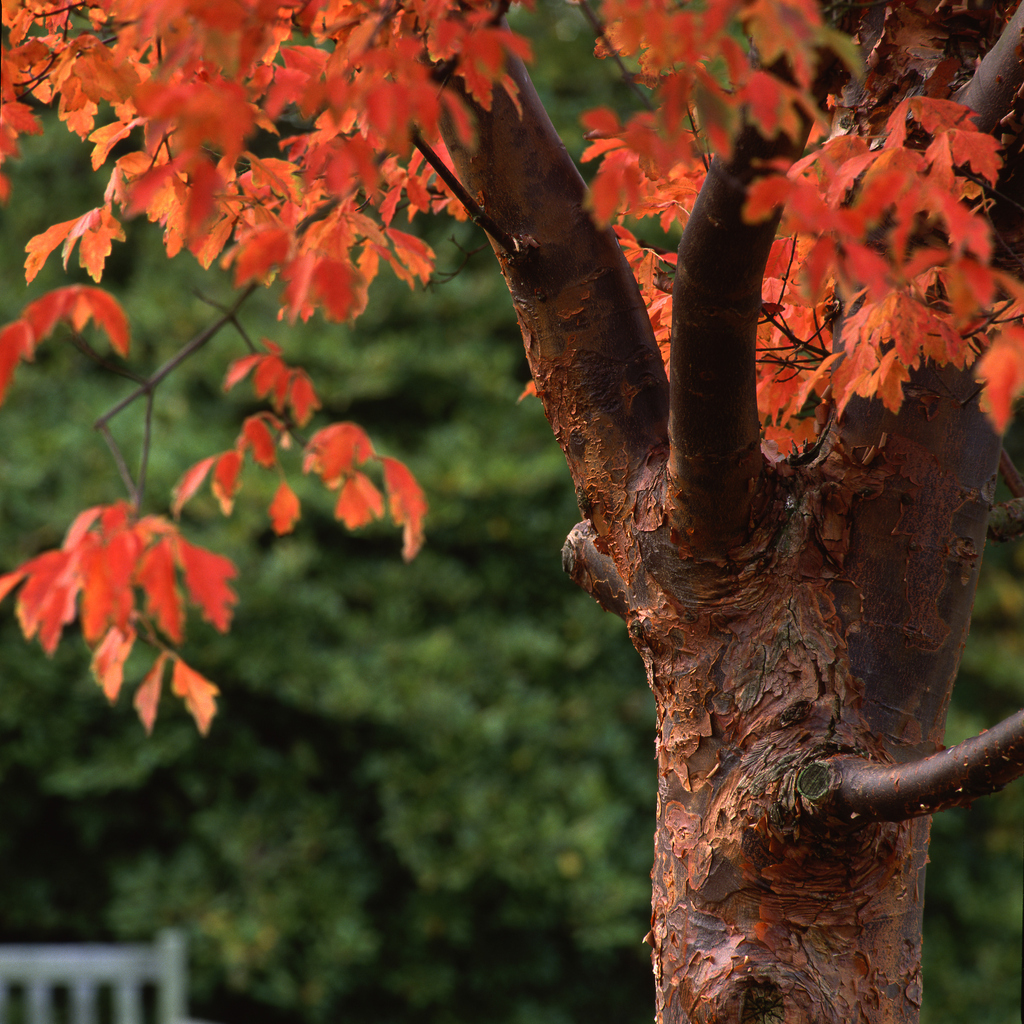
4. Paperbark Maple
Paperbark maple (Acer griseum) is a smallish tree, often grown as a multi-trunked specimen tree, singly or or in clustered plantings. It displays exfoliating, copper-colored bark and foliage that differs from other types of maple trees’ leaves. The compound leaves are made up of three leaflets. This tree offers four seasons of interest: an attractive branch structure, interesting bark that shows up well against an evergreen background, and brilliant fall foliage.
The ovate leaflets and papery bark may leave the impression of a birch, but the winged seeds and autumn color, in shades of yellow, orange and red, leave no doubt that this is a maple. It grows well as a small shade tree, or it can be used in understory plantings beneath the high canopy and dappled light of taller trees. Paperbark maple grows to about 30 feet tall. It is hardy in USDA zones 4 through 8.
Best For: Small shade tree, landscape specimen/focal point, or clustered island planting in large landscapes
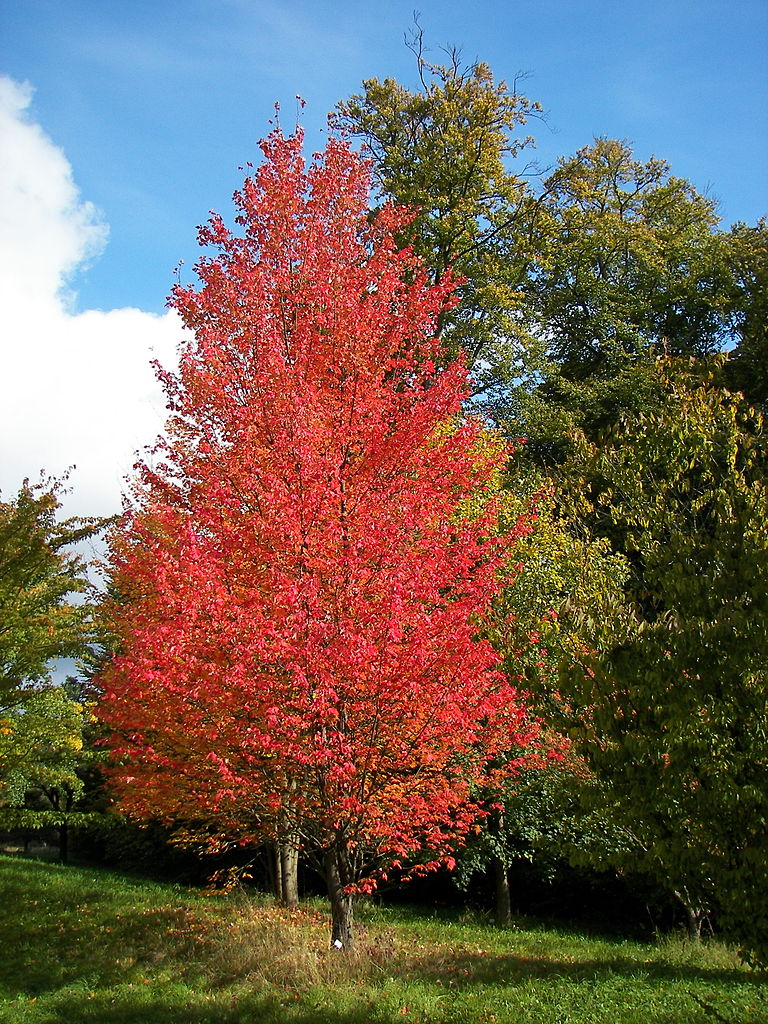
5. Red Maple
Red maple (Acer rubrum) is another of our popular native trees. It gets its name from the tiny red flowers that appear on its bare branches in late winter. Some types of red maple trees also have deep red fall foliage, but others may turn yellow, orange, scarlet, or maroon. Red maple is widely adapted to various growing conditions, making it one of the most common landscape trees around.
Red maples grow at a moderate rate, ultimately reaching 40 to 60 feet tall. They are hardy in USDA zones 3 through 9. One of the most adaptable types of maple trees, it makes an excellent shade tree with an attractive oval crown and beautiful fall color.
Best For: Trouble-free shade tree for a wide variety of landscapes
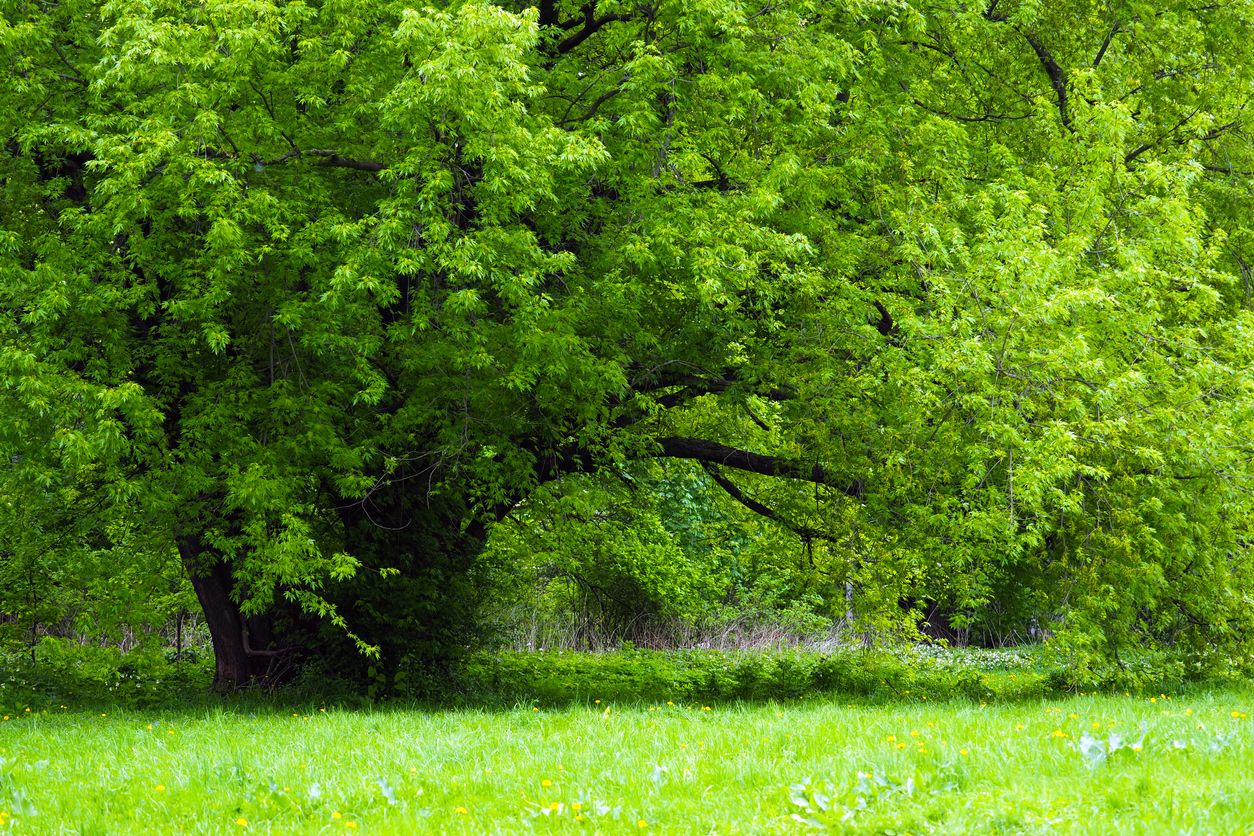
6. Silver Maple
Silver maple (Acer saccharinum) is a large, fast-growing maple with a nostalgic appeal. Its silvery-backed leaves almost sparkle as they blow in the breeze ahead of a summer rain. But this native tree should only be used cautiously, and in limited circumstances. It is a good candidate for casting shade in wide open spaces, especially low ground where it has constant access to moisture. But it has a bad reputation for dropping twigs, branches, and occasionally large limbs, as well as forming surface roots.
Of all the native types of maple trees in Ohio and the eastern part of the country, silver maple is probably the worst choice for most modern homes. It quickly grows to 50 to 80 feet tall, and is hardy in zones 3 through 9.
Best For: Large, fast-growing shade tree for open spaces with consistent soil moisture

